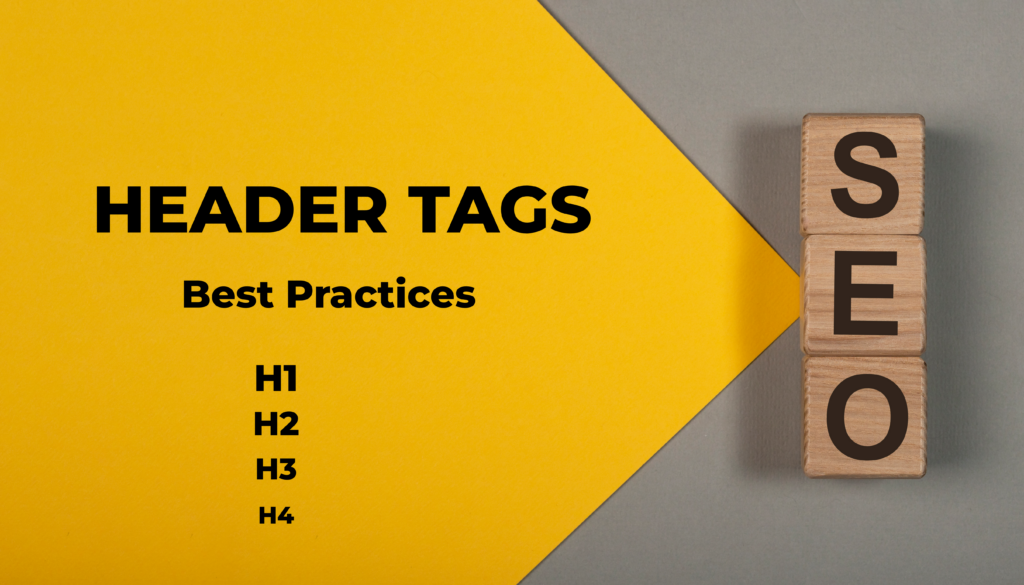Table of Contents
ToggleIn the world of SEO, details matter. One such detail that many tend to overlook is the strategic use of header tags. Throughout my career in digital marketing, I’ve observed how a well-structured document with clear, keyword-focused headers can significantly impact a website’s search engine rankings and user engagement. In this blog, I’ll share insights on using header tags effectively, backed by best practices and real-world examples.
Understanding Header Tags and Their Hierarchy
Header tags, from H1 to H6, play a crucial role in organizing content on a webpage. They not only aid readability for users but also help search engines understand the structure and hierarchy of the content. The correct use of header tags can make the difference between a cluttered, confusing page and a well-organized, easy-to-navigate article, which is crucial for both SEO and user experience.
In practice, you should use the H1 tag for the main title of the page – this is the headline that tells both users and search engines what the main topic is. Subsequent headers (H2, H3, etc.) should break down the content into logical, digestible sections.
Best Practices for Header Tags
- Clear Hierarchy: Always structure your headers. Start with your H1, then use H2s for main subsections, H3s for subtopics, and so on. This hierarchical use of headers helps search engines understand the relative importance of various sections on the page.
- Keyword Incorporation: Including relevant keywords in your headers is crucial. However, it’s vital to do this naturally. For instance, if your article is about “Best SEO Practices,” your H1 might be exactly that, with H2s like “Understanding SEO Fundamentals” and “Advanced SEO Techniques.”
- Uniqueness and Descriptiveness: Each header should be distinct and descriptive. This not only aids SEO but also improves user experience by clearly indicating what each section of the content is about.
Real-World Impact of Effective Header Tag Use
Case Study: Revamping a Tech Blog
A tech company’s blog was underperforming in terms of organic traffic and engagement. An audit revealed poorly structured content with vague, non-descriptive headers. We revamped the blog by defining clear, keyword-optimized headers for all articles.
Before:
H1: Tech Tips
H2: Get Better at Tech
After:
H1: Essential Tech Tips for Improving Daily Productivity
H2: Streamlining Your Workflow with Advanced Tech Tools
H2: Best Practices for Data Security in Technology
Results: Within months, the blog saw a 50% increase in organic traffic and a significant improvement in bounce rate and user engagement. Search engines were better able to understand and rank the articles, leading to increased visibility.
The SEO Value of Header Tags
Header tags contribute to SEO in several ways:
- Improving Ranking: Search engines use headers to index the structure and content of your webpage. Clear, well-organized headers can boost your content’s relevancy in search results.
- Enhancing User Experience: Headers make your content easier to read and navigate, which can decrease bounce rates and increase time on the page, indirectly boosting SEO.
- Encouraging Snippet Features: Well-crafted headers can help your content get featured in rich snippets or the “People also ask” section on SERPs.
Conclusion
Header tags are more than just formatting tools—they are integral components of effective SEO strategy. By understanding and implementing best practices in header usage, you can significantly enhance the structure, readability, and SEO performance of your website. Whether it’s a simple blog post or a complex guide, remember that each header is an opportunity to secure both a better user experience and a higher search engine ranking.
